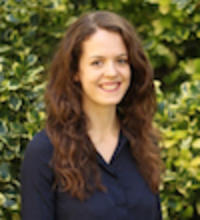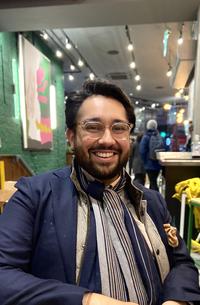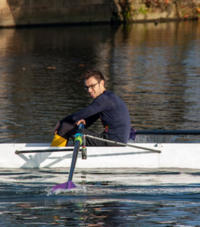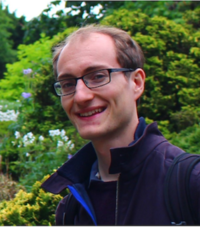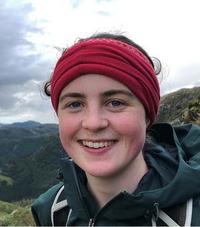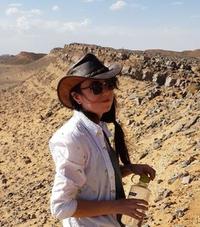
Short Bio
I did my undergraduate degree in Mathematics at the University of Bath, spending my third year working as a Clinical Statistician for the healthcare company GSK. After graduating, I came to Oxford in 2017 to study for the MSc in Statistical Science, where my masters project concerned the investigation of machine learning techniques as an alternative to logistic regression in propensity score matching. I'm now a student on the SABS programme, with a general interest in developing statistical methodologies for high-dimensional, noisy datasets. After an enjoyable first rotation in the Paediatric Neuroimaging group, I joined the Oxford Protein Informatics Group for my second rotation, staying there (hopefully!) for the remainder of my DPhil.
When I'm not in the Stats department, I can usually be found in Exeter College's Middle Common Room (of which I used to be President) or down at Iffley Road Sports Centre playing Badminton with the university Badminton club.
Project Description
My research, in collaboration with Roche, LifeArc and UCB, concerns the development of a computational tool for Fragment-Based Drug Design (FBDD). FBDD is a two-stage process where a smaller-than-drug-like molecule is identified which binds to the protein target with low affinity and then chemical structure is added to the fragment with the aim of increasing the binding affinity and developing a drug. Both parts of the process are difficult and take signficant amounts of time and resource to do - the aim of my project is to use deep reinforcement learning to build a tool which can take a fragment and protein as input and then rapidly generate a diverse range of ligands with a higher binding affinity than the original fragment.


